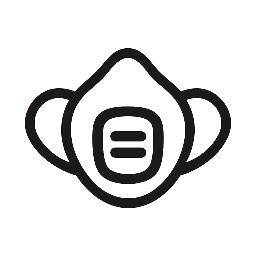This breathing method is based on cycles of controlled hyperventilation followed by breath retention. The goal is to influence the body’s chemistry, nervous system, and stress response. Here’s how it works in detail:
Step 1 – Controlled Breathing
You sit or lie down in a comfortable position. Then you begin with about 30 to 40 deep breaths. Each breath is full and powerful: you inhale deeply through the nose or mouth, filling your lungs completely, and then exhale without forcing the air out—just letting it go naturally. The pace is steady, slightly faster than normal breathing. With each round, your body takes in more oxygen than usual.
Step 2 – Breath Retention
After the last exhalation, you stop breathing and hold your breath. Because of the oxygen saturation built up during the previous breaths, you can hold your breath much longer than usual, often one to two minutes or even longer. During this phase, your body enters a state of reduced oxygen (hypoxia), which triggers adaptive physiological responses.
Step 3 – Recovery Inhalation
Once you feel the strong urge to breathe, you take a deep inhalation and hold it for about 10–15 seconds. This recovery breath resets the body’s balance and increases oxygen supply again.
Step 4 – Repetition
The cycle is repeated for three to four rounds. With each round, people often notice sensations such as tingling, light-headedness, or a feeling of calm focus.
Physiological Effects
- The technique temporarily lowers carbon dioxide levels in the blood and raises oxygen saturation, which changes blood pH toward alkalinity.
- The nervous system shifts, reducing the sense of stress and increasing resilience to discomfort.
- Circulation improves, and many report a surge of energy and mental clarity.
- Practiced consistently, it can train the body to adapt better to physical and psychological stress.
Safety Note
It should only be practiced in a safe environment, never while driving, in water, or in any situation where fainting could be dangerous.
